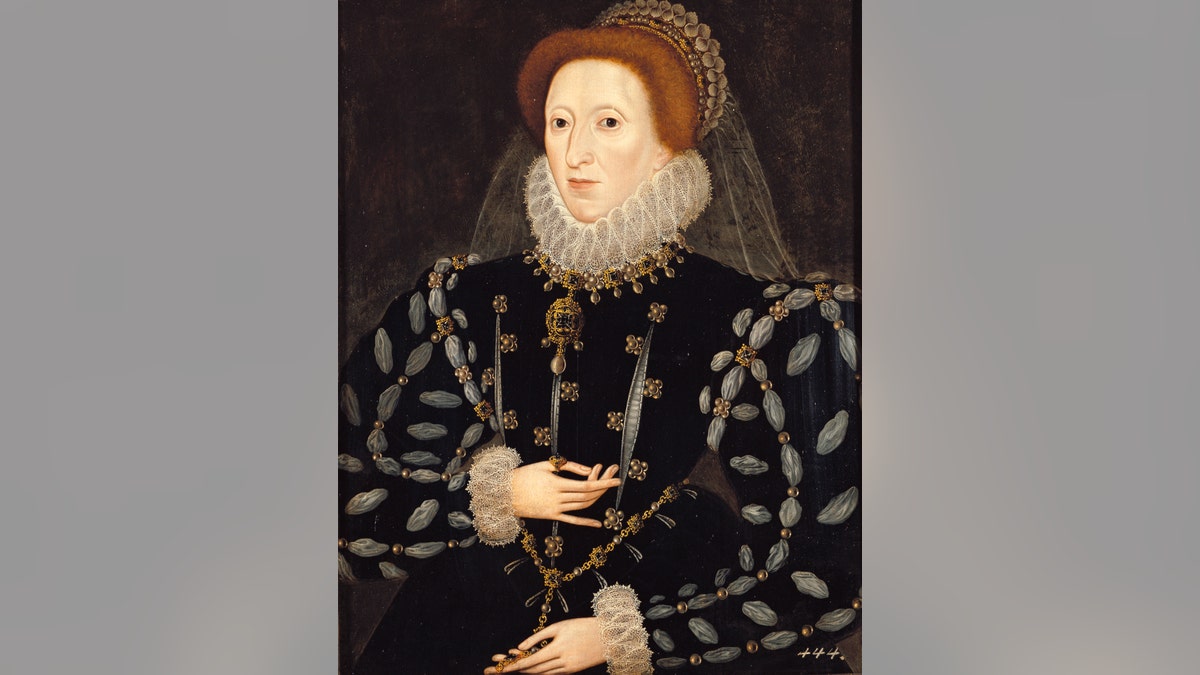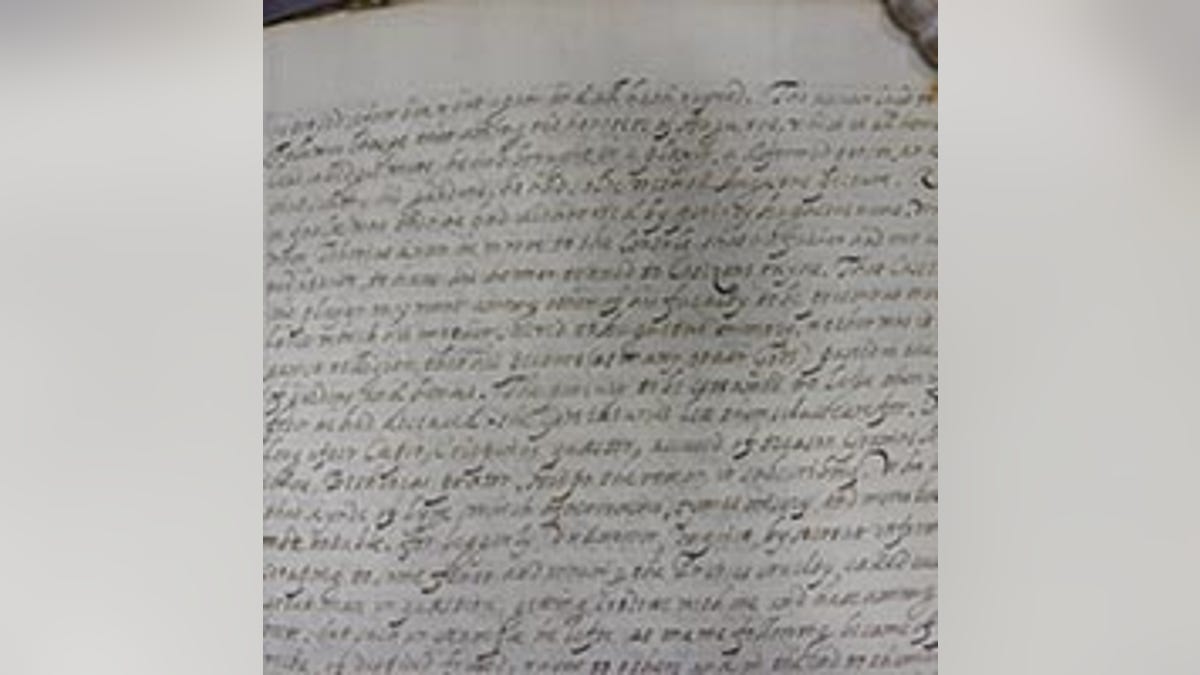Fox News Flash top headlines for Nov. 29
Fox News Flash top headlines for Nov. 29 are here. Check out what's clicking on Foxnews.com
A researcher in the U.K. has uncovered a mysterious 16th-century manuscript written by Queen Elizabeth I — the first discovery of its type in more than a century.
The manuscript, which is in the Lambeth Palace Library in London, was discovered by John-Mark Philo Ph.D., an honorary fellow in English studies at the U.K.’s University of East Anglia. Philo made the amazing find in January 2019, when he was searching for manuscript translations of the Roman historian Tacitus.
“The manuscript features a very specific kind of paper stock, which gained special prominence among the Elizabethan secretariat in the 1590s,” he said in a statement. “There was, however, only one translator at the Tudor court to whom a translation of Tacitus was ascribed by a contemporary and who was using the same paper in her translations and private correspondence: the queen herself.”
SECRET GHOSTLY PORTRAIT OF MARY, QUEEN OF SCOTS, DISCOVERED BENEATH 16TH-CENTURY PAINTING
Philo notes that, while the translation itself has been copied out in “an elegant scribal hand” that matches that of one of Elizabeth’s secretaries, corrections to the text are from another, more famous, hand. Indeed, the messy handwriting of the changes and corrections provides a vital clue.

Painting of Queen Elizabeth I by Nicholas Hilliard, circa 1575. (Photo by Imagno/Getty Images)
“The corrections made to the translation are a match for Elizabeth’s late hand, which was, to put it mildly, idiosyncratic,” Philo added. “The higher you are in the social hierarchy of Tudor England, the messier you can let your handwriting become. For the queen, comprehension is somebody else's problem.”
Three watermarks found on the manuscript (a rampant lion and the initials “G.B.,” along with a crossbow countermark) are also found in other paper the queen used for her personal correspondence and other translations.
SIR WALTER RALEIGH’S ‘SELF-PORTRAIT’ MAY HAVE BEEN DISCOVERED IN THE TOWER OF LONDON
Queen Elizabeth I, the daughter of King Henry VIII, was known to enjoy translation and classical history. She ruled from 1558 to 1603.

The manuscript discovered at Lambeth Palace Library. (Lambeth Palace Library)
A paper on the discovery has been published in The Review of English Studies.
Other artifacts from the Elizabethan era have been grabbing attention in recent years. Last year, for example, it was reported that a mysterious painting hidden for centuries at the Tower of London may be a self-portrait of the famous adventurer Sir Walter Raleigh.
KING OF RAGE: HENRY VIII’S BLOODTHIRSTY LETTER DEMANDS MONK’S BRUTAL DEATH
Raleigh was incarcerated in the Bloody Tower before his execution for conspiracy in 1618. Knighted in 1585, Raleigh earned fame for his exploration of South America and also sponsored expeditions to North America, such as the “lost colony” at Roanoke. A favorite courtier of Queen Elizabeth I, he was also a soldier, writer, poet, politician, and the person credited with popularizing tobacco in England.
In 2017, experts discovered a secret portrait of Mary, Queen of Scots, that had been hidden for centuries beneath another painting.
X-ray technology was used to reveal the ghostly unfinished portrait of the Scottish queen, who reigned from 1542 to 1567. Convicted of treason against Queen Elizabeth I of England, she was beheaded at Fotheringay Castle in England in 1587.

The manuscript/Painting of Queen Elizabeth I by Nicholas Hilliard, circa 1575. (Lambeth Palace Library/Photo by Imagno/Getty Images)
ARCHAEOLOGISTS UNCOVER THE LOST ROYAL PALACE OF HENRY VIII
Mary’s portrait was painted over with a portrait of Sir John Maitland, 1st Lord Maitland of Thirlestane. The 1589 painting of Maitland, who was Lord Chancellor of Scotland, has been attributed to the Dutch artist Adrian Vanson.
Also in 2017, archaeologists in London uncovered the remains of Greenwich Palace, the birthplace of Henry VIII and Elizabeth I.
CLICK HERE TO GET THE FOX NEWS APP
Last year, the bloodthirsty draft of a letter by Henry VIII in which he demands a monk’s violent death went on public display.
Follow James Rogers on Twitter @jamesjrogers

